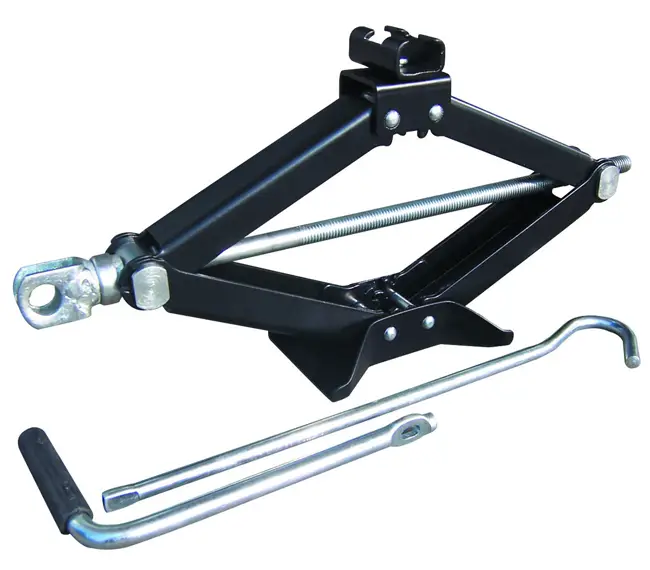Many people desire to perform maintenance and minor repairs on their cars to save money. This can be an excellent option, but safety is a huge concern when working on a car. Being knowledgeable and prepared can prevent serious injury or death when working on a car. The two most important things to know are how to do the job and what tools are needed. It is important to use the correct tools to prevent damage to the car or personal injury.
There are several things to consider before putting your car on jack stands. Firstly, consider the weight distribution on your car based on the type of drivetrain it uses. For example, if the car is front wheel drive, the weight distribution is shifted toward the front of the car. If the car is rear wheel drive, the weight distribution will be close to the middle of the car. Most cars also have recommended jacking locations specified in the owners manual. These are a good place to position the jack stands. The car’s subframe, which runs along the outside of the car, is also a safe location to place jack stands.

The jack that came with car can be used to lift it, but keep in mind that you will have to lift one corner of the car of the time, which is not the safest way to put the car on jack stands. The alternative is to purchase a floor jack, which is able to lift the entire front or rear of the vehicle. Before lifting the car, make sure it is in gear and the parking/emergency brake is applied. Be sure you are working on a flat surface. Place wheel chocks around all four wheels to prevent any movement of the vehicle.
Carefully begin to lift the car with the jack and place a jack stand under each corner. It is a good idea to start with the front half of the car because the rear wheels will be secured by the parking brake, which prevents them from rolling. Once the car is resting on the jack stands, give the car a slight wobble to make sure it is stable on the jack stands.
